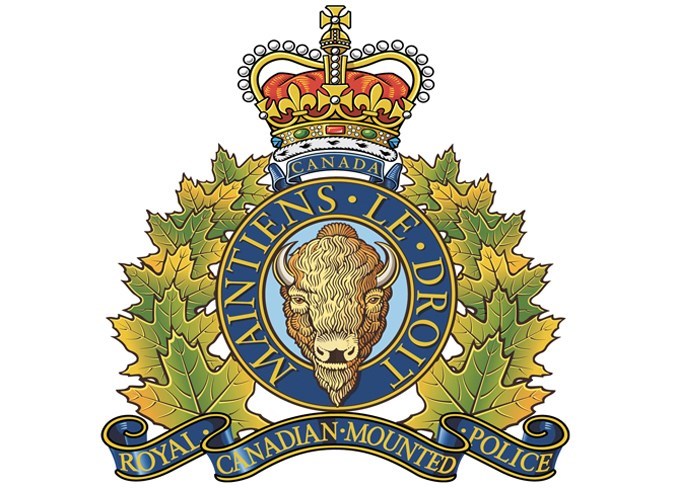KANANASKIS COUNTRY – The body of a man who drowned in August was found at Spray Lakes Reservoir, nearly two months after he jumped from a boat on the lake to rescue a dog.
RCMP announced Monday (Sept. 26) the body of the man – whose name will not be released – was located by the Underwater Search Team, a volunteer civilian group that conducts underwater searches and recoveries, Sunday afternoon (Sept. 25).
President of the dive group Luke Jevne said the victim was found without a life jacket.
"The truth is, if people always wore life jackets, we wouldn't have to be around," he said. "This was a very sad circumstance."
Jevne and four or five other volunteer divers initially spent five days searching for the man when they were called out by RCMP in the days following the drowning incident – the second at Spray Lakes Reservoir this summer.
The search, he said, was challenging and resource-intensive for many reasons.
"It's a very difficult site to search ... it's very, very remote," Jevne said. "I'd never been to a place like that in Alberta. There's no cell service and it's a long ways down the lake – it's about 21 kilometres to the end, and that's carrying all our gear and sonar equipment."
Canmore RCMP were dispatched to a report of a drowning at the lake within Spray Lakes Provincial Park Aug. 7 around 7 p.m. According to police, an adult male from Calgary was fishing with his family when their dog jumped into the water. In an attempted rescue, the man jumped in after.
Neither the man nor the dog resurfaced after submerging into the frigid water.
Kananaskis Emergency Services, Alberta Conservation Officers, Canmore Fire Rescue and Alberta Fish and Wildlife also assisted in the rescue attempt.
The lake’s average depth is about 13.5 metres and it’s about 65 metres at its deepest, according to data collected by Friends of Kananaskis Country.
The dive team spent another week studying sonar images after the initial search, and when they returned to explore a potential target, they were given a different area to probe, starting the whole process over again.
It wasn’t until GPS information was recently obtained from the boat that divers were able to find the man.
"We were able to get a hold of that information and it put us where we needed to be," said Jevne. "Sure enough, within a day, we had the victim recovered."
Jevne said the call was one of nine that divers responded to between July 24 – around the onset of the summer heat – and Sept. 25. All calls were body recoveries.
The Underwater Search Team was initially called in to recover three victims of a tragic boating accident on July 10 around Spray Lakes Campground but was stood down after local rescuers found the bodies in short time.
Investigators did not say why the boat capsized or whether the three people were wearing life jackets at the time of the accident.
Jevne stressed the importance of wearing life-saving equipment, knowing how to swim and reading the water before getting on it – especially in unfamiliar places.
"The biggest thing when you’re on the water is always wearing a life-jacket, whether you know how to swim or not,” he said.
"A lot of these people that we have recovered, aren't familiar with the waters and it’s a very different game for them."
Particularly when the water is cold, like in the case of a mountain lake or river fed by glaciers and snowpack, he added.
It’s much easier for a swimmer to overexert themselves when their body temperature drops below 35 Celsius and hypothermia begins to set in.
“Your body does its natural defence and starts shutting down to protect its vital organs, and with that comes fatigue, confusion and shock,” he said. “Some people overexert themselves in the water and it can end tragically.”
The Local Journalism Initiative is funded by the Government of Canada. The position covers Stoney Nakoda First Nation and Kananaskis Country.



